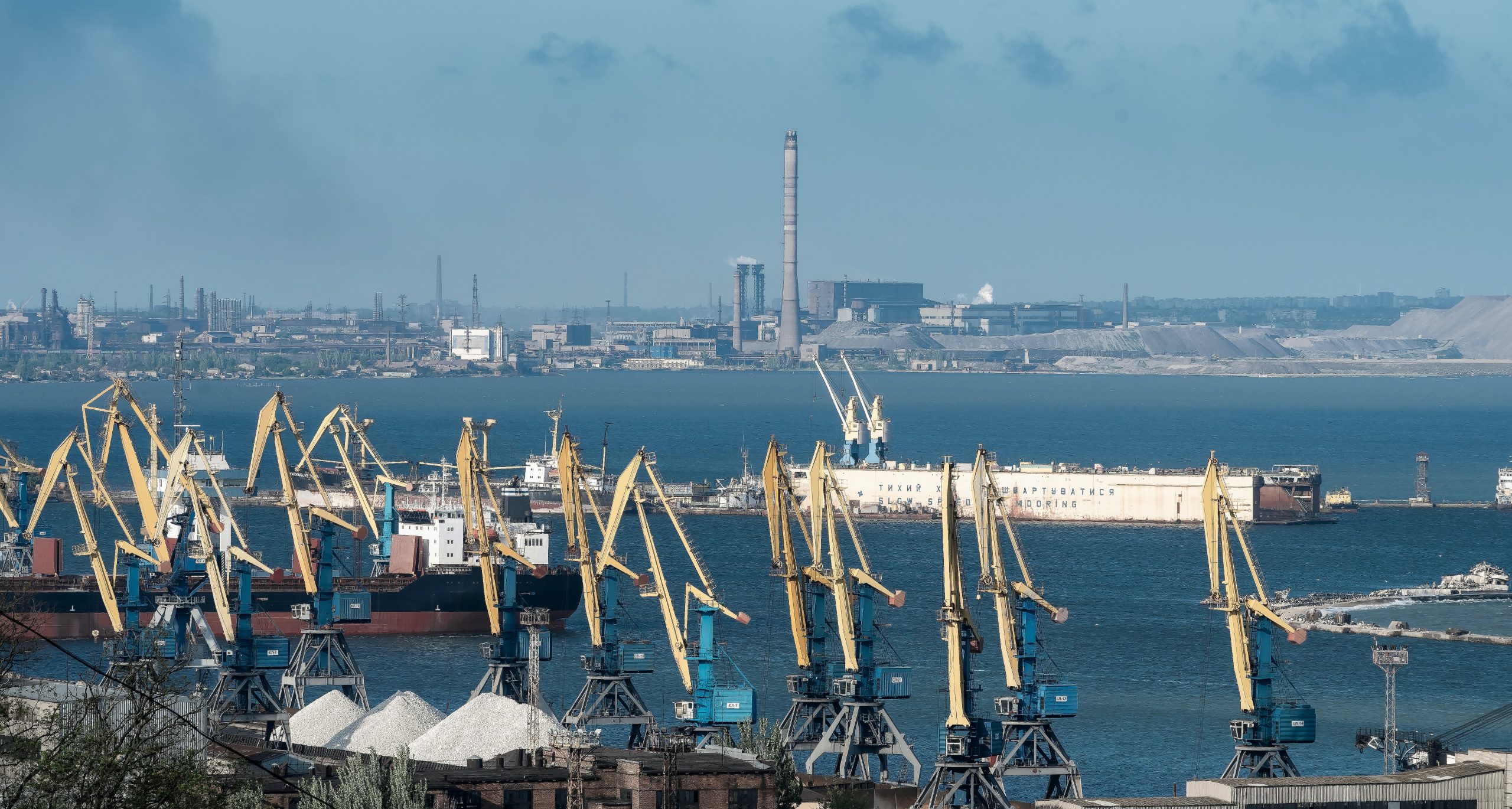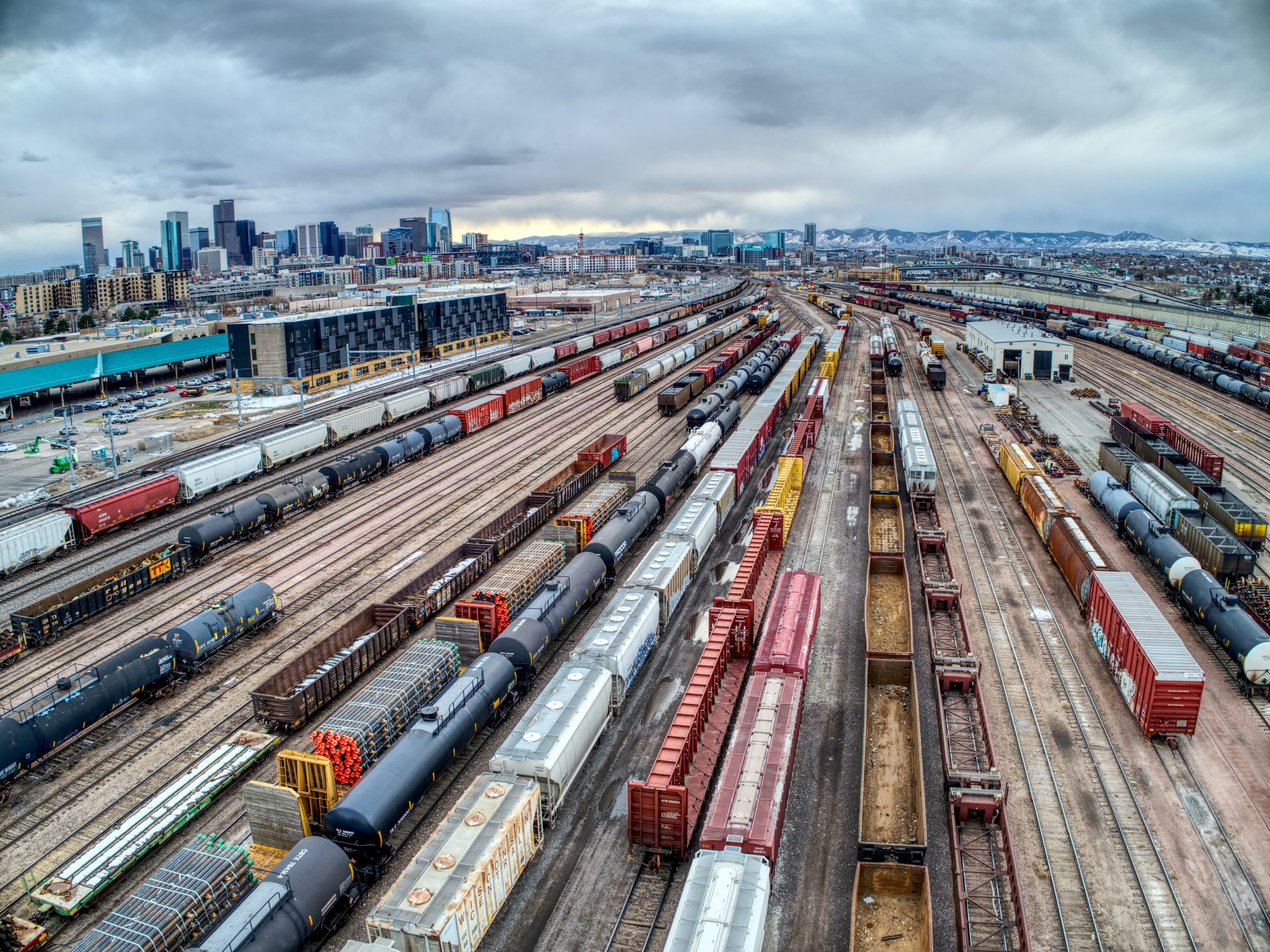In the serene landscapes of Norway, an unexpected event shook the foundation of the wind industry: a turbine blade plummeted to the ground. This incident not only raised safety concerns but also brought to light a pressing issue: does the wind industry have a quality problem? To address this question, it is imperative to delve into the intricacies of turbine manufacturing, maintenance practices, and the broader implications for renewable energy.
Turbine Blade Failures: A Growing Concern

The recent incident in Norway is not an isolated occurrence. Across the globe, reports of turbine blade failures have been on the rise. From structural defects to manufacturing errors, various factors contribute to these failures, posing significant challenges to the reliability and safety of wind farms.
Quality Control in Turbine Manufacturing
The manufacturing process of turbine blades involves intricate design specifications and rigorous quality control measures. However, despite advancements in technology, lapses in quality control still occur. Issues such as material fatigue, inadequate testing procedures, and supply chain vulnerabilities can compromise the integrity of turbine components.
Maintenance Practices and Safety Standards
Beyond manufacturing, the maintenance of wind turbines plays a crucial role in ensuring their long-term performance and safety. Regular inspections, preventive maintenance, and adherence to safety standards are essential to mitigate the risk of accidents. However, resource constraints and logistical challenges often hinder effective maintenance practices, leaving turbines susceptible to failures.
Environmental and Economic Implications
The fallout from turbine failures extends beyond safety concerns. Environmental repercussions, such as the risk of blade debris contaminating surrounding areas, underscore the need for stringent quality control measures. Moreover, the economic impact of downtime and repair costs can be substantial, affecting the viability of wind energy projects and investor confidence.
Emerging Technologies and Solutions
In response to the escalating concerns surrounding turbine quality, the wind industry is actively exploring innovative technologies and solutions. Advanced materials, such as carbon fiber composites, hold the promise of greater durability and resilience, potentially mitigating issues related to material fatigue. Moreover, advancements in predictive maintenance algorithms and remote monitoring systems enable real-time assessment of turbine health, allowing for proactive interventions to prevent failures before they occur.
Collaborative Efforts and Regulatory Frameworks
Addressing the quality challenges in the wind industry requires a concerted effort from stakeholders across the value chain. Collaborative initiatives between manufacturers, operators, research institutions, and regulatory bodies are essential to establish robust quality assurance frameworks and best practices. Furthermore, the development of stringent regulatory standards and certification processes can provide a baseline for quality assurance, ensuring that wind energy projects meet rigorous safety and performance criteria. By fostering collaboration and implementing comprehensive regulatory frameworks, the wind industry can uphold its commitment to reliability, safety, and sustainability in the pursuit of a greener energy landscape.
Analysis Table: Turbine Blade Failures Worldwide
| Region | Frequency of Failures | Primary Causes |
|---|---|---|
| Europe | High | Material fatigue, manufacturing defects |
| North America | Moderate | Extreme weather, inadequate maintenance |
| Asia-Pacific | Increasing | Quality control lapses, rapid expansion |
Comparative Analysis: Wind Industry Quality Standards
| Aspect | Current State | Ideal Standard |
|---|---|---|
| Manufacturing | Varied quality control measures | Standardized protocols, stringent testing |
| Maintenance Practices | Reactive approach to maintenance | Proactive maintenance schedules, regular audits |
| Safety Standards | Compliance with regulations | Continuous improvement, industry-wide standards |
Conclusion
The falling turbine blade in Norway serves as a stark reminder of the quality challenges plaguing the wind industry. While advancements in technology have propelled the growth of renewable energy, ensuring the reliability and safety of wind turbines remains paramount. By addressing the root causes of turbine failures through enhanced quality control measures, standardized maintenance practices, and stringent safety standards, the industry can mitigate risks and foster sustainable growth in the transition towards a cleaner energy future.










